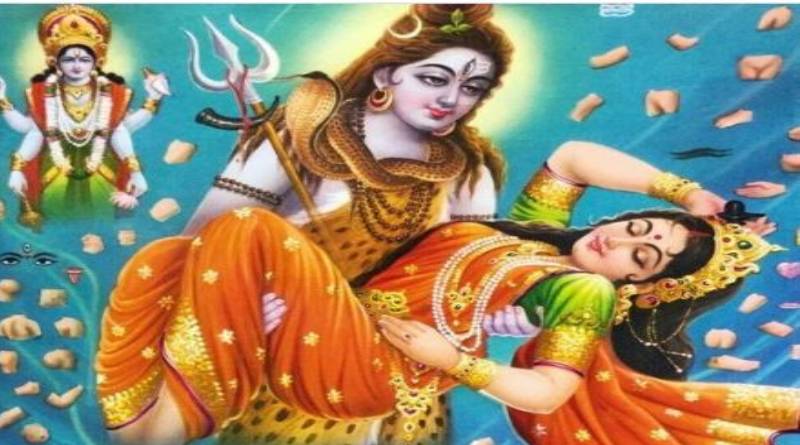India is dotted with sacred places that breathe stories, not just silence. Among these, the Shakti Peeths are perhaps the most powerful. These are not mere temples. They are energy centers where the divine feminine—Adi Shakti—is believed to reside in concentrated form.
According to tradition, the Shakti Peeths emerged from the myth of Sati’s self-immolation and Shiva’s grief-stricken Tandava. As Shiva carried her body across the cosmos, parts of it fell to Earth, sanctifying those spots forever. Each of these locations became a Shakti Peeth.
For seekers, these are not just sites to visit. They are invitations to experience Shakti directly.
How Many Shakti Peeths Are There?
The number varies depending on the tradition you follow. Some texts list 51, others say 52 or 108. What matters more than the count is the idea: each Peeth marks the fall of a body part, ornament, or item associated with Sati.
Every Shakti Peeth includes two components:
- A form of the Goddess (Shakti)
- A corresponding form of Shiva (Bhairava), as her consort and protector

Some well-known Peeths include:
- Kamakhya in Assam (womb and genitals)
- Vaishno Devi in Jammu
- Kalighat in Kolkata
- Kanyakumari in Tamil Nadu
- Jwalamukhi in Himachal Pradesh
Each has its own lore, rituals, and energy signature.
Explore further: Navratri 2025: Rituals and Spiritual Meaning
Why Shakti Peeths Still Matter
For thousands of years, these sites have been visited by tantrics, householders, saints, and skeptics alike. Whether it’s a whisper in Kamakhya’s sanctum or a flame that never goes out in Jwalamukhi, the Peeths have their own rhythm. They don’t need convincing.
In today’s fragmented, algorithm-driven world, the Shakti Peeths offer something rare—presence. You don’t scroll past them. You sit. You feel. You ask nothing and somehow still receive.
Many spiritual teachers speak of these places not just as mythological spots, but as vortexes—places where the veil between the divine and the human is thinner.
At Apna Sanatan, we encourage pilgrims to visit not as tourists but as listeners. To go not for photos, but for transformation.
Planning a Visit: Practical Notes
Most Shakti Peeths are accessible by road or train. Some, like Kamakhya, require a steep climb. Many become especially crowded during Navratri, Durga Ashtami, and local festivals. If you’re planning a spiritual journey, consider spacing out visits and allowing each temple to settle into you.
And if you can, stay a night. Most Peeths reveal themselves not during the aarti, but in the quiet that follows.
Read also: The Significance of the Kanwar Yatra During Sawan
About Apna Sanatan



